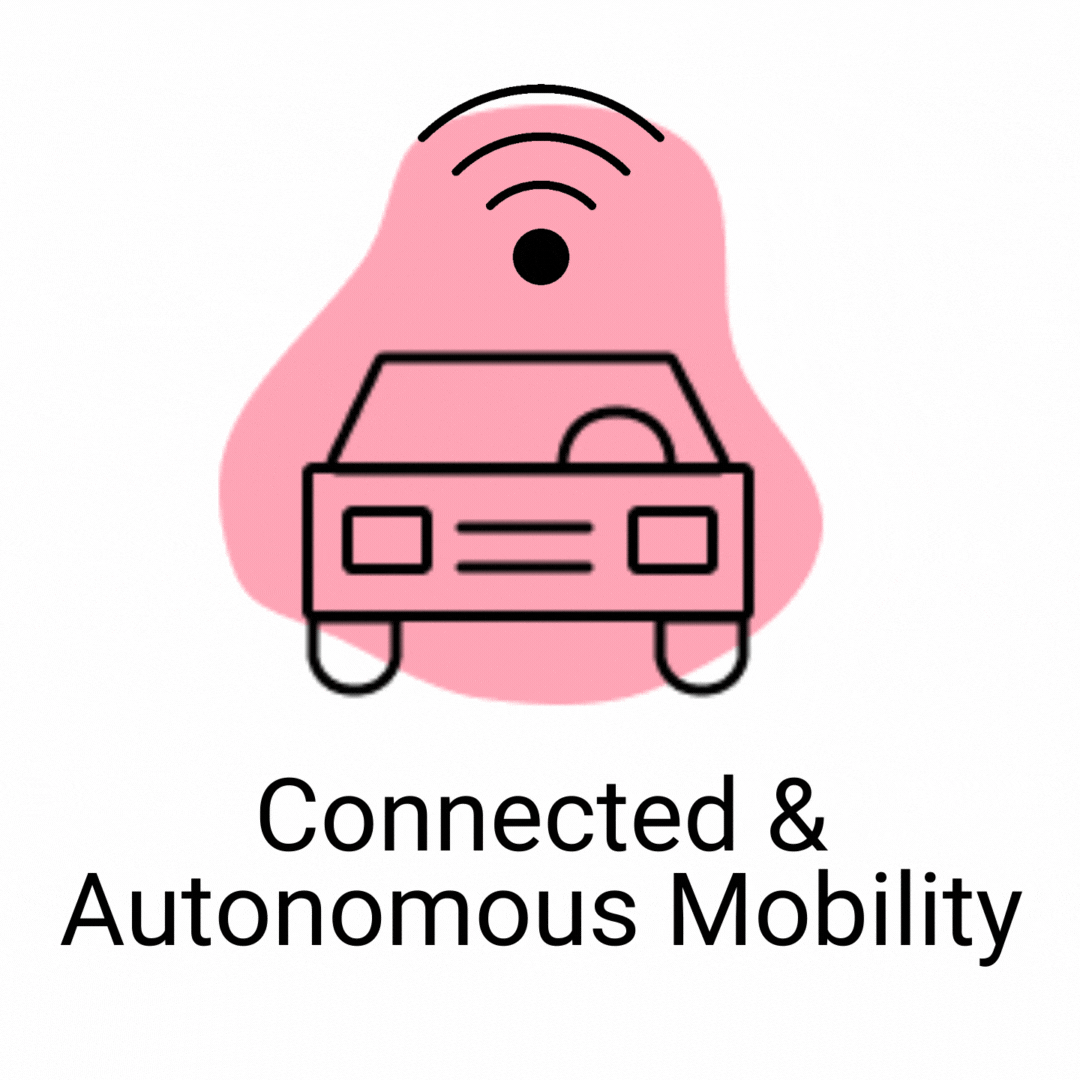Overview
New York City operates a large and diverse fleet of vehicles, ranging from sanitation trucks to light-duty vehicles, each with its own safety needs. Currently, connected vehicle technology is being deployed in more than 8,000 vehicles in the city as part of the NYCDOT CV Pilot, about 500 of which belong to the municipal fleet. The goal of this project is to explore aspects of connected vehicle technologies that can be applied to the municipal fleet to improve safety.
The NYCDOT CV Pilot is focused on safety applications for vehicles and pedestrians. For this study, applications included in the pilot will be tested against the crash types and potentially dangerous scenarios that NYC fleet vehicles are involved in. The apps’ effectiveness will be evaluated using the NYC CV pilot simulation testbed built in a previous study, helping quantify the potential benefits of expanding the connected vehicle deployment within the municipal fleet.
Research Objectives
This project aims to quantify the various safety, environmental and financial benefits of connected vehicle technologies applied to the New York City municipal fleet. This includes the following research objectives:
- Compile and analyze data from the NYC fleet related to unsafe events, such as hard acceleration, braking, etc.
- Map unsafe event and crash data to identify possible contributing factors
- Capture and simulate unsafe scenarios and collect vehicular data such as speed, acceleration, time to collision, etc. prior to, during, and after each simulated unsafe scenario for baseline safety estimation
- Simulate connected vehicle safety applications such as forward collision warning, lane change warning, intersection movement assist, red light violation warning, etc.
- Analyze improvements in safety resulting from CV safety apps and quantify the impact of those improvements in terms of financial savings due to reduced liability, maintenance/repair needs, congestion and emissions



